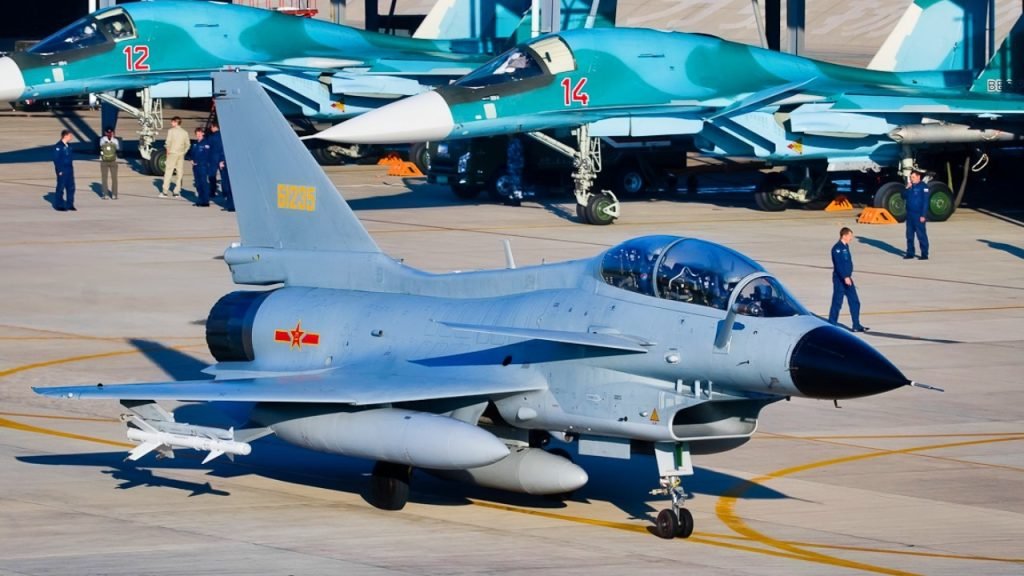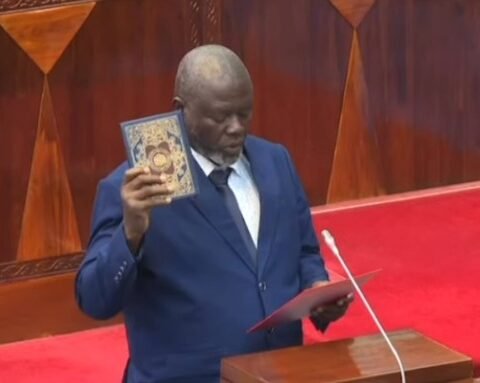China has officially begun delivering J-10 fighter jets to Iran, marking a new chapter in their growing defense partnership.
The confirmation came earlier this week from a spokesperson at the Ministry of National Defense of China, who stated that the deliveries are part of a military cooperation agreement signed earlier in 2025. Although no specific number of jets has been disclosed, this is the first time Beijing has publicly acknowledged transferring such high-performance military aircraft to Tehran.
The Chengdu J-10, sometimes referred to by its NATO codename “Firebird,” is a fourth-generation, multi-role fighter jet developed for modern air combat. It is equipped with advanced radar systems, precision-guided missiles, and air-to-ground strike capabilities, making it a major upgrade to Iran’s current air force fleet, which has long been hampered by aging aircraft and limited access to foreign technology due to international sanctions on Iran.
According to Iranian defense officials, the jets will be stationed in strategic locations across the country and are expected to be fully operational in the near future. Iran’s military has described the acquisition as a critical enhancement of its air defense capacity, particularly as the country continues to face rising tensions in the Persian Gulf region.
This delivery comes amid growing military cooperation between China and Iran, as the two nations deepen their ties in response to pressure from Western powers, particularly the United States and its allies. Following complications in a previously discussed Sukhoi Su-35 deal with Russia, Iran turned to China to fulfill its need for modern aircraft. This shift not only reflects a change in procurement strategy but also hints at a broader geopolitical realignment.
Also Read; Over 2,900 Journalists Digitally Accredited Across Nation
The move is being closely watched by countries across the Middle East, especially by Israel, Saudi Arabia, and members of the Gulf Cooperation Council (GCC), many of whom are longstanding U.S. allies. Analysts warn that the introduction of Chinese aircraft into Iran’s arsenal could spark an arms race, or at the very least, alter the regional balance of power.
Unconfirmed reports also suggest that China may be supplying Iran with HQ-9B surface-to-air missile systems—a modern air defense system often compared to the S-300 and Patriot missiles. If true, this would represent another significant step toward enhancing Iran’s air defense capabilities.
In return, Iran is expected to expand its export of crude oil to China, strengthening their already robust energy partnership. These military and economic ties underscore how far the relationship between the two nations has evolved — from transactional to strategic.
This development is part of China’s broader effort to expand its influence in global security affairs. No longer content with a passive role, Beijing is now actively positioning itself as a key arms supplier, a move that challenges the traditional dominance of Russia and Western defense manufacturers.
While both Tehran and Beijing have described the cooperation as “mutually beneficial,” the international reaction has been mixed. Many Western analysts fear the partnership could undermine diplomatic efforts to de-escalate tensions in the Middle East and complicate existing nuclear negotiations.







